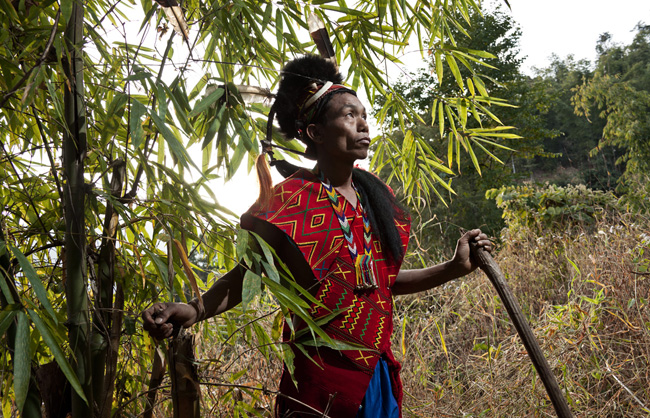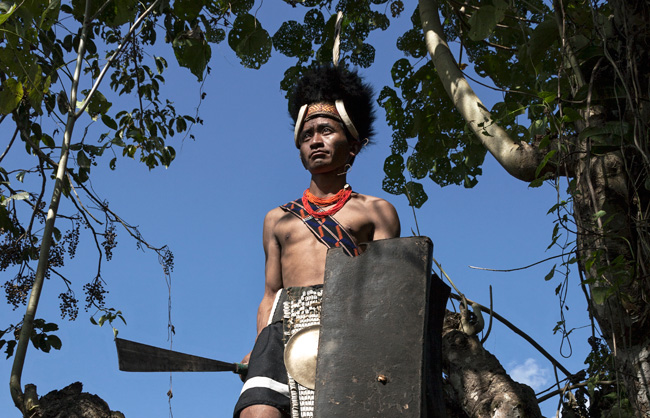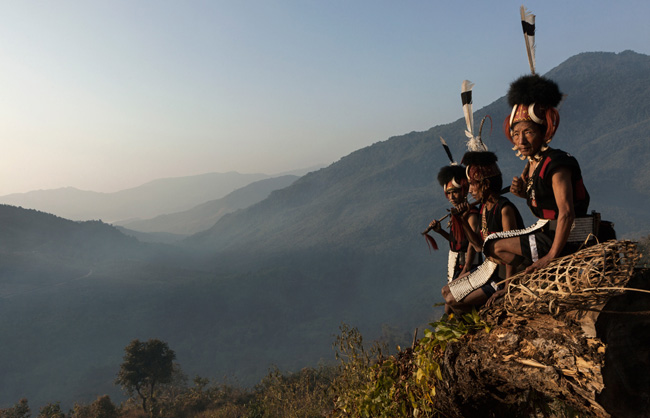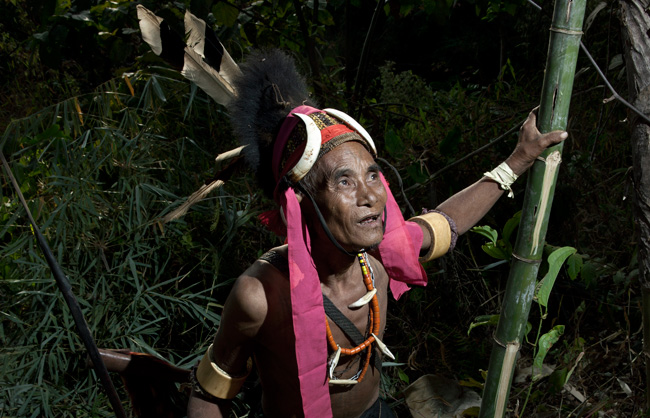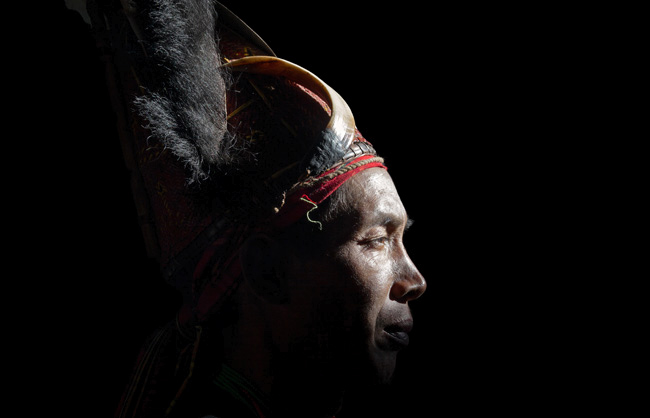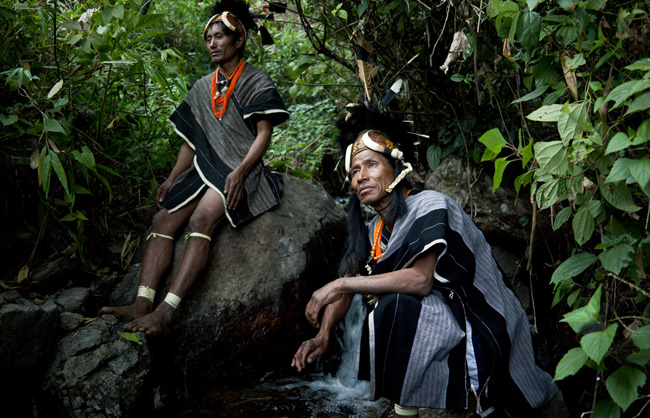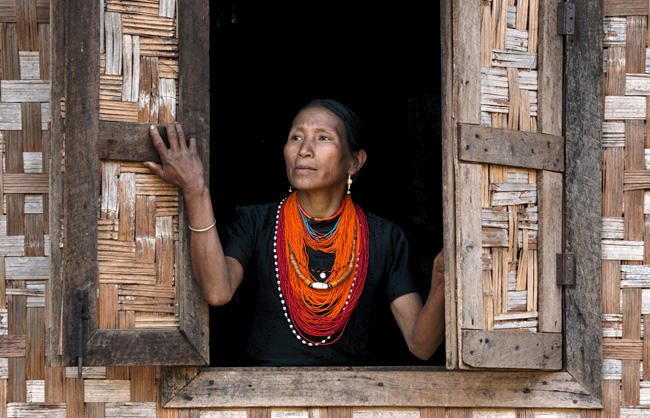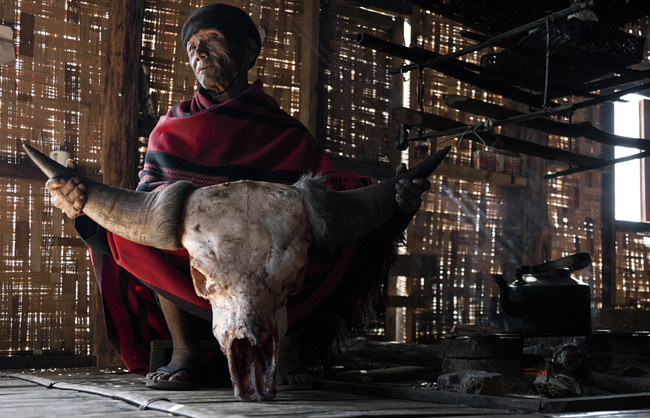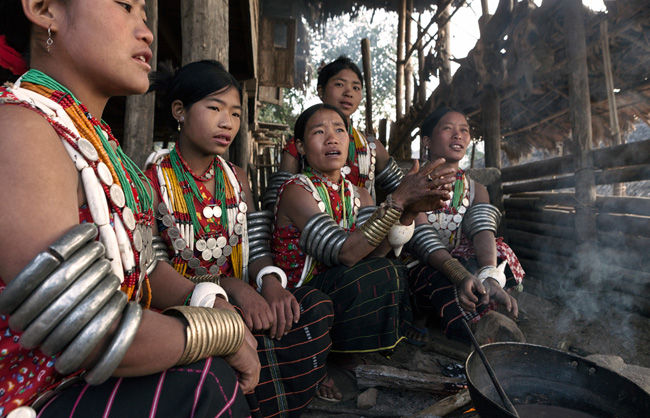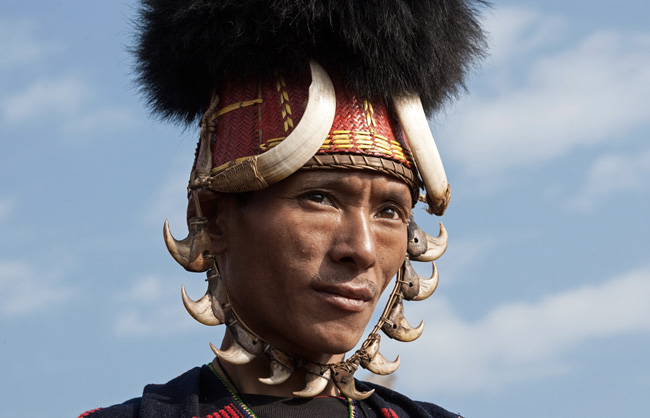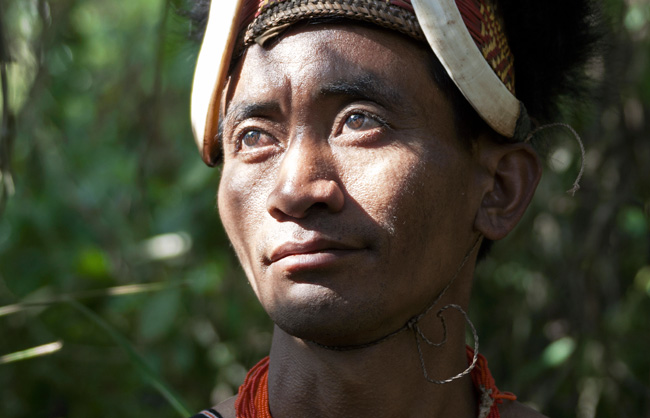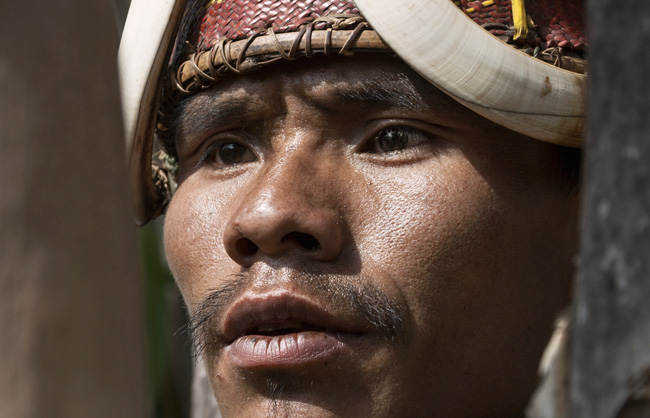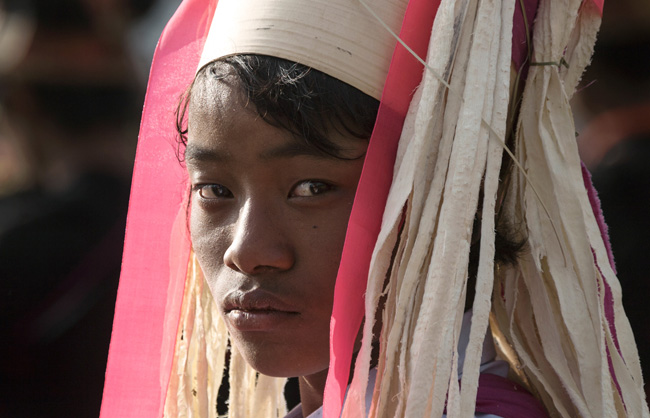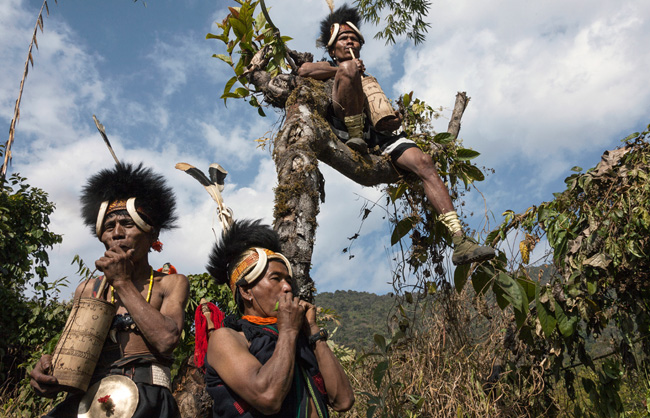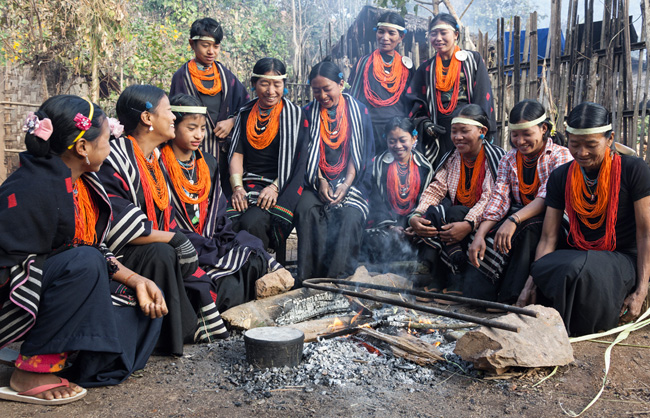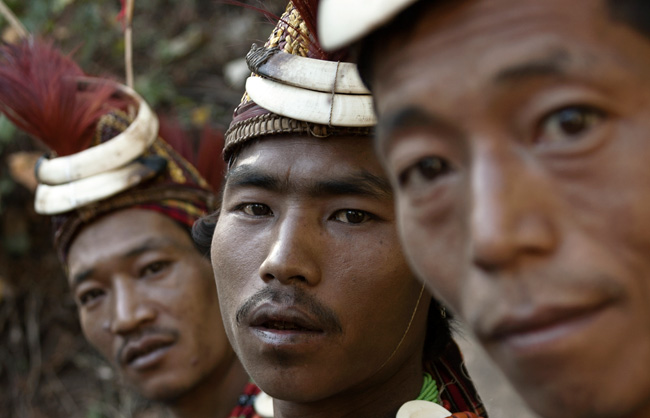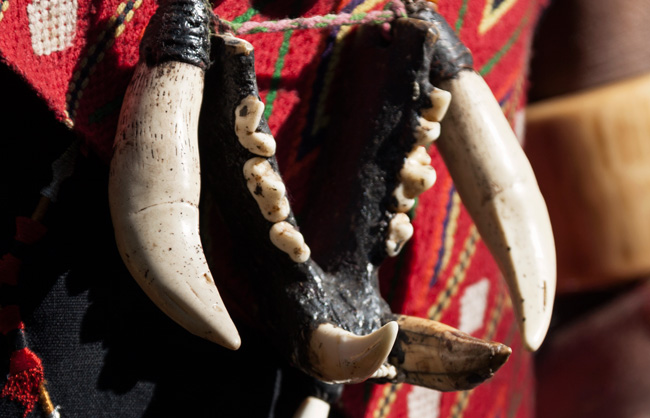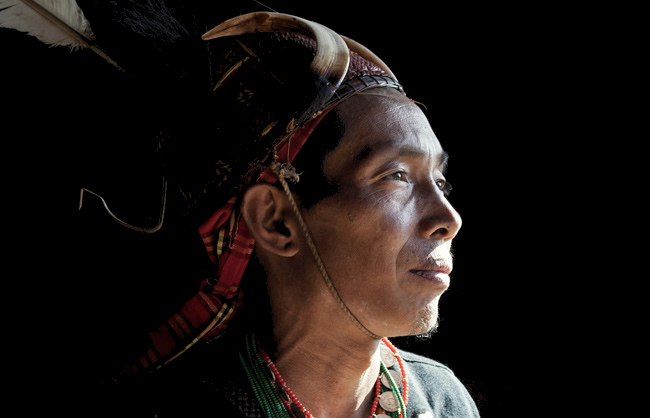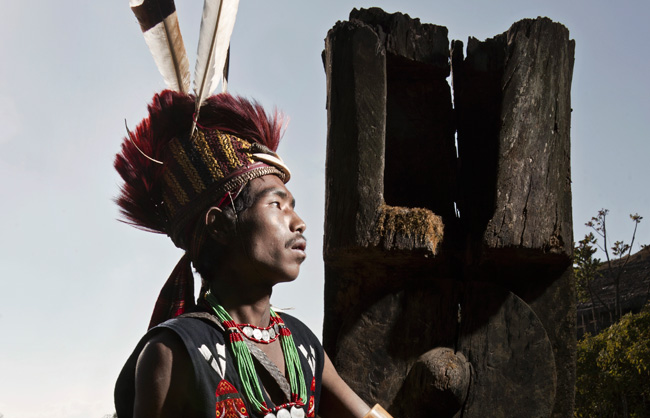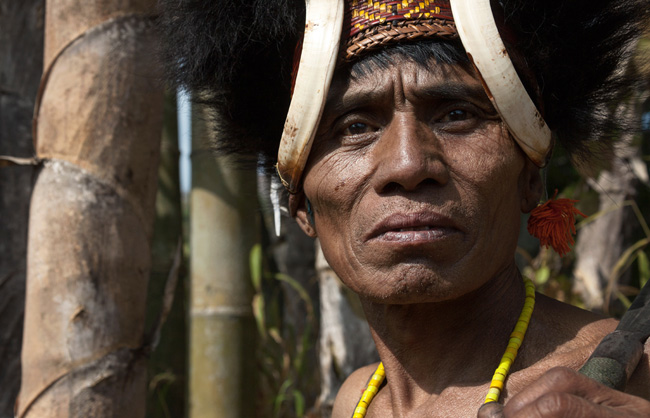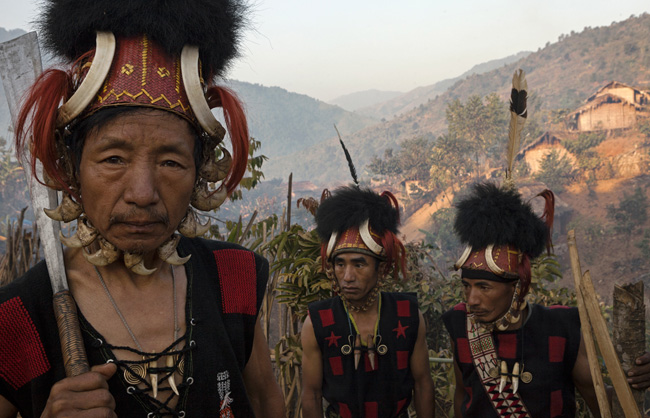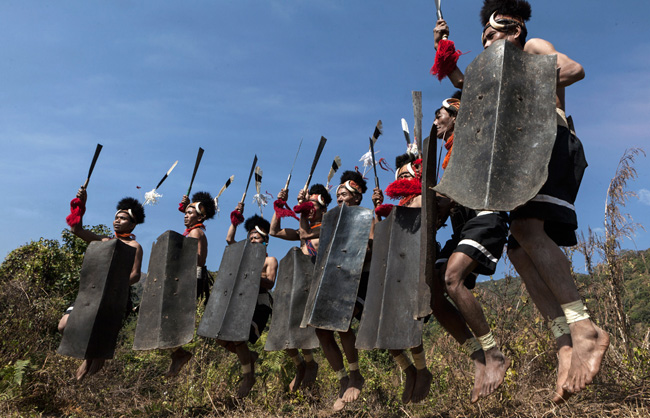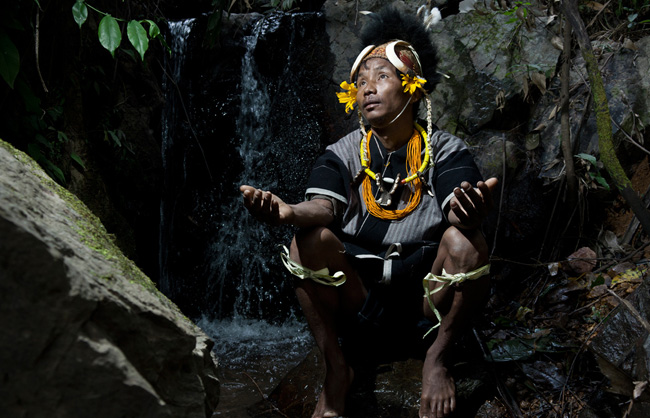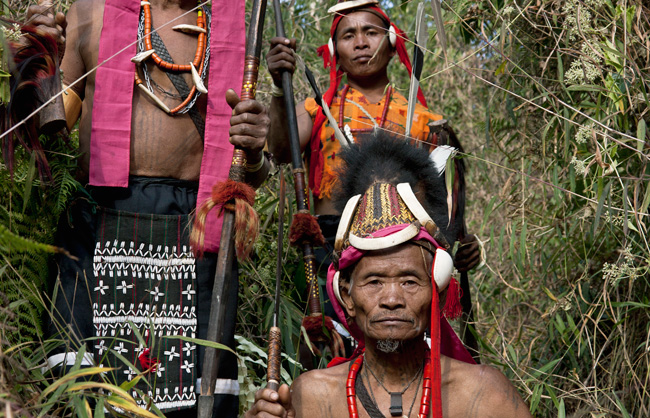Myanmar (Burma)
The Naga of Burma
The Naga of Burma
Where: Myanmar (Burma)
When: 2013
The Naga people are a conglomeration of several tribes inhabiting the northeastern part of India and the northwestern highlands of Burma (Myanmar). Today, their population is estimated at around two million, spread across both countries. In Burma, approximately 120,000 Naga live in the rugged hill tracts of the Naga Self-Administered Zone, within the Sagaing Region. Traditionally organized into clans, the Naga exhibit significant cultural and linguistic diversity. They speak various Tibeto-Burman dialects, many of which are mutually unintelligible. Despite this, a strong cultural identity unites them, deeply rooted in ritual, symbolism, and ancestral tradition. Spiritual beliefs have always been central to Naga life. Even today, many believe that spirits govern everything from health and fertility to rainfall and misfortune, and that they must be continually appeased through different rituals. Among the most well-known—and often misunderstood—of these rituals was headhunting, practiced until the 1960s. Naga warriors once took the heads of their enemies, believing the human head was a vessel of power, wisdom, and fertility. Possessing another’s head brought social prestige, prosperity, and assurance in the afterlife. British colonization in the 19th century, followed by the arrival of Protestant missionaries led to a gradual erosion of traditional customs and the rise of political consciousness. In 1918, a group of Naga from what is now Indian Nagaland began advocating for independence and proposed the creation of a unified Naga homeland, including Naga communities of both India and Burma. This marked the beginning of a long and complex political struggle where many tribal traditions were abandoned. Today, after decades of intermittent conflict and a fragile ceasefire, Naga communities of Burma begun a quiet cultural revival. This is particularly visible during the Naga New Year's festival, where elements of traditional heritage are being reintegrated into communal life. While the festival currently remains focused on its local participants and their desire to preserve their own identity within the emerging Burmese national identity, there is concern that, by emphasizing its exotic elements at the expense of deeper cultural understanding, the festival will lose its essential meaning and be reduced to a spectacle rather than a reaffirmation of living traditions. Although the Naga way of life has changed irreversibly, they have emerged with a renewed sense of unity and identity. The challenge now is to ensure that this sense of community will continue to bind them together and extend their recognition in the region, rather than reducing them to a touristic curiosity.
